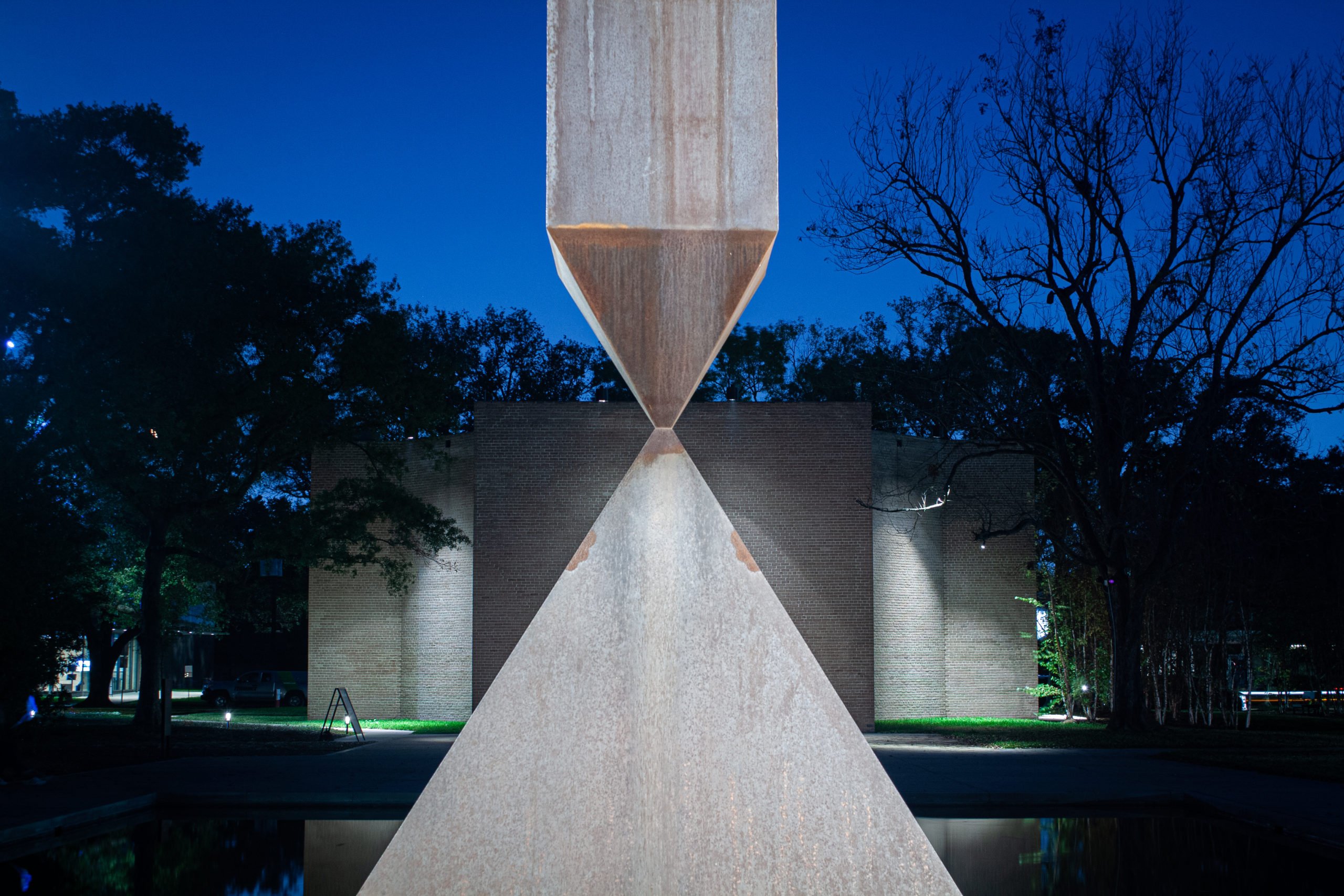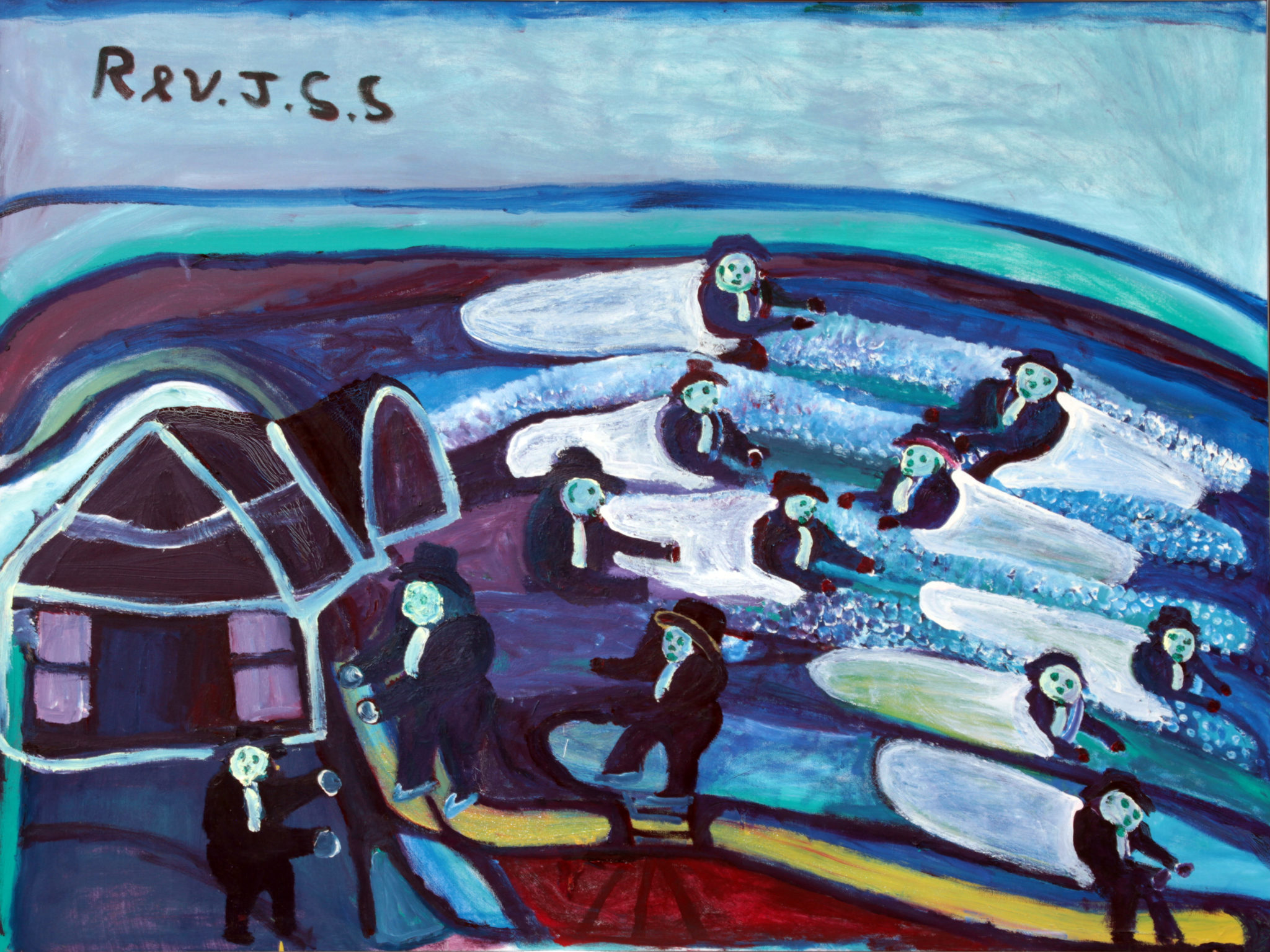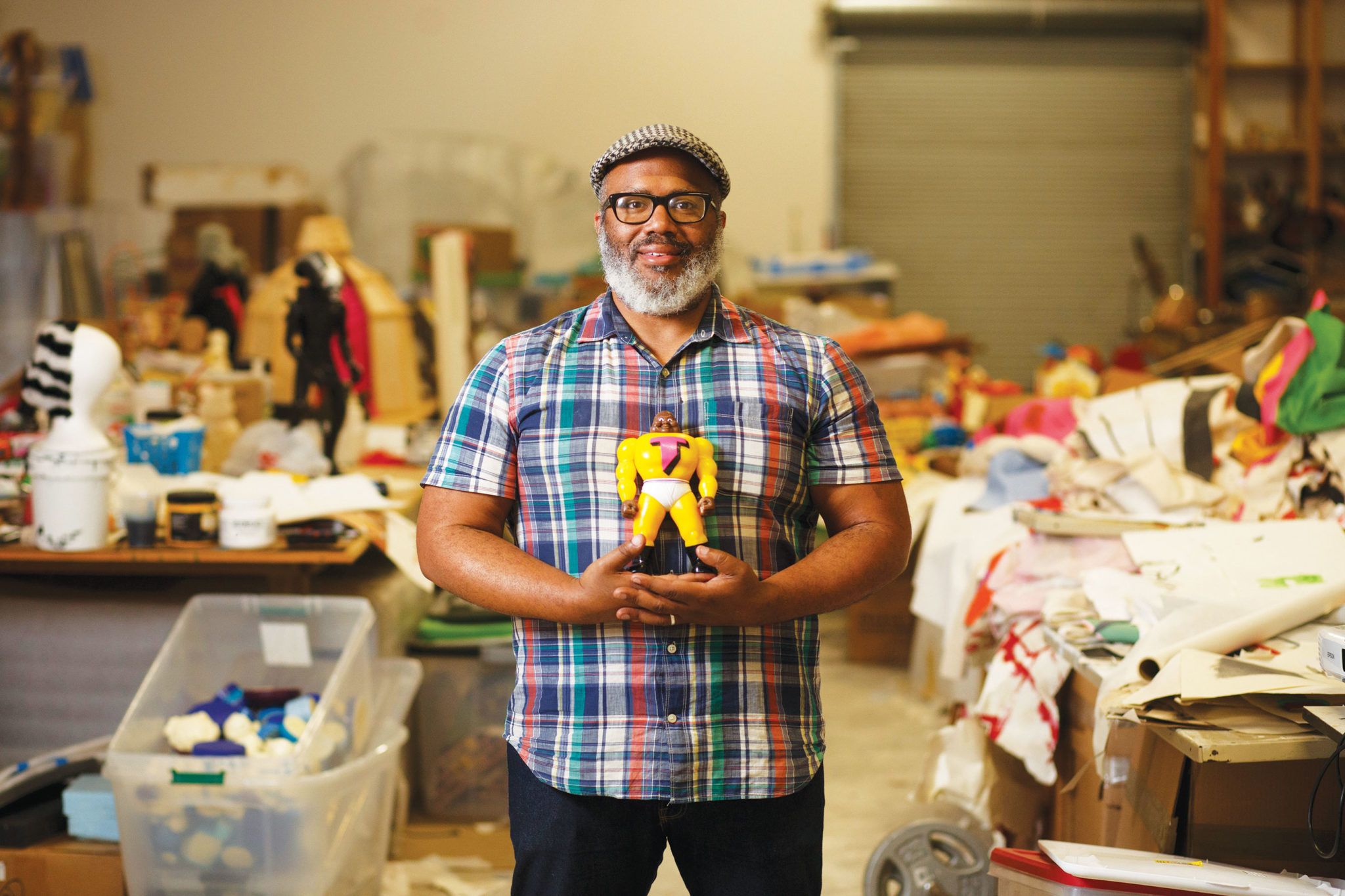
His Pet Monsters
Trenton Doyle Hancock uses '80s kid culture and an expansive fantasy world to explore identity, racial politics and growing up fundamentalist Christian.
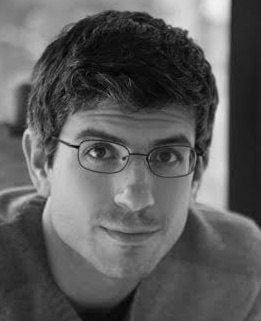
His Pet Monsters
Trenton Doyle Hancock uses ’80s kid culture and an expansive fantasy world to explore identity, racial politics and growing up fundamentalist Christian.
–
by Michael Agresta
@magresta
January 2, 2018
A visit to the Northside Houston studio of Trenton Doyle Hancock, Art League Houston’s 2017 Texas Artist of the Year, can feel like a descent into the basement playroom of a Generation X arch-nerd Peter Pan. Tall shelving units near the entry are piled with a motley array of classic toys and action figures, from Transformers to old Fisher-Price favorites — overflow, Hancock explains, from the more selective collection he keeps in a “museum” at his house. Down an aisle, past stacks of well-worn board games, the space segues from playroom to workshop. There are dozens of half-finished canvases and sculptures, as well as cut-out geometric patterns, paints and found materials, such as the colorful collection of plastic bottle caps awaiting assemblage.
“I always have at least a few toys in whatever studio I’m working in,” Hancock explains. “If I’d rather go play with my toys than paint my paintings, I know something is wrong. My paintings have always been in competition, in a way, with the toys.”
Hancock’s visual art contends with the fictional universes of He-Man, The NeverEnding Story, Garbage Pail Kids, The Phantom Tollbooth and other beloved 1980s fonts of pop-culture mythology in other ways as well. The better part of his artistic output over the past 20 years is set in a consistent parallel reality inhabited by exotic species with names like Bringbacks, Vegans and Mounds. Like the magic-ring quests and battles for galactic power of more famous fictional universes, Hancock’s fantastic histories and racial taxonomies resonate with the big, unresolved questions of how we order our familiar, everyday reality.

For nearly two decades, Hancock has been one of the most prominent visual artists in Texas, from his inclusion in the 2000 and 2002 Whitney Museum of American Art biennial exhibitions to more recent solo shows in galleries and museums across Europe and the United States. Even so, Hancock has long described himself disarmingly to the press as a “professional child.” While this description is on one level tenderly accurate — he tells me that he rarely goes out to eat at a restaurant without an action figure in his pocket — his work transcends child’s play. Hancock’s unabashed cultivation of his preadolescent imagination can mask a sophisticated artistic strategy, one that has carried him from a fundamentalist Christian household in the northeast Texas town of Paris to this year’s place of honor among visual artists from across the state.
–
Hancock, 43, is a study in apparent contradictions: He’s an art-world insider making what looks at first like outsider art, a black artist painting representational canvases featuring very few black bodies, and a lifelong Texan thriving in the New York-centric art world. He makes pop-culture-inspired work for a highbrow audience, and for his next trick, he hopes to reverse that equation and bring his upmarket, gallery-fare work to Hollywood. Above all, Hancock seems to think and work with simultaneously the wide-open imagination of a child and the discernment of a mature theorist of art, identity, psychology and culture.
Hancock’s appetite for such contradictions was established early, in Paris. He grew up with a stepfather who ran a karate dojo, preached fundamentalist Christianity and enjoyed performing feats of endurance for the entertainment of neighborhood friends. Hancock recalls him lying on a bed of nails and encasing himself in a 4-by-4-foot glass box for an hour.
“I didn’t know any other reality,” Hancock says. “We’d go to the drive-in movies, you’d see Chuck Norris and Bruce Lee, and go home and here my dad is doing the same stuff. It was literally like growing up with a superhero. A guy that has the book of God on one hand, and can recite all these Bible verses, and on the other hand he can break a brick over his head. You don’t mess with that guy.”
While Hancock’s stepfather could be stern and forbidding, his mother was a schoolteacher — as had been her mother, her mother’s mother and her mother’s mother’s mother. The combination of influences, Hancock says, prepared him for any path he might have chosen to take in life. “You have this idea of education and ambition, and of breaking boards with your bare hands,” Hancock says. “It’s like, ‘OK, this painting thing? I think I can do that.’”
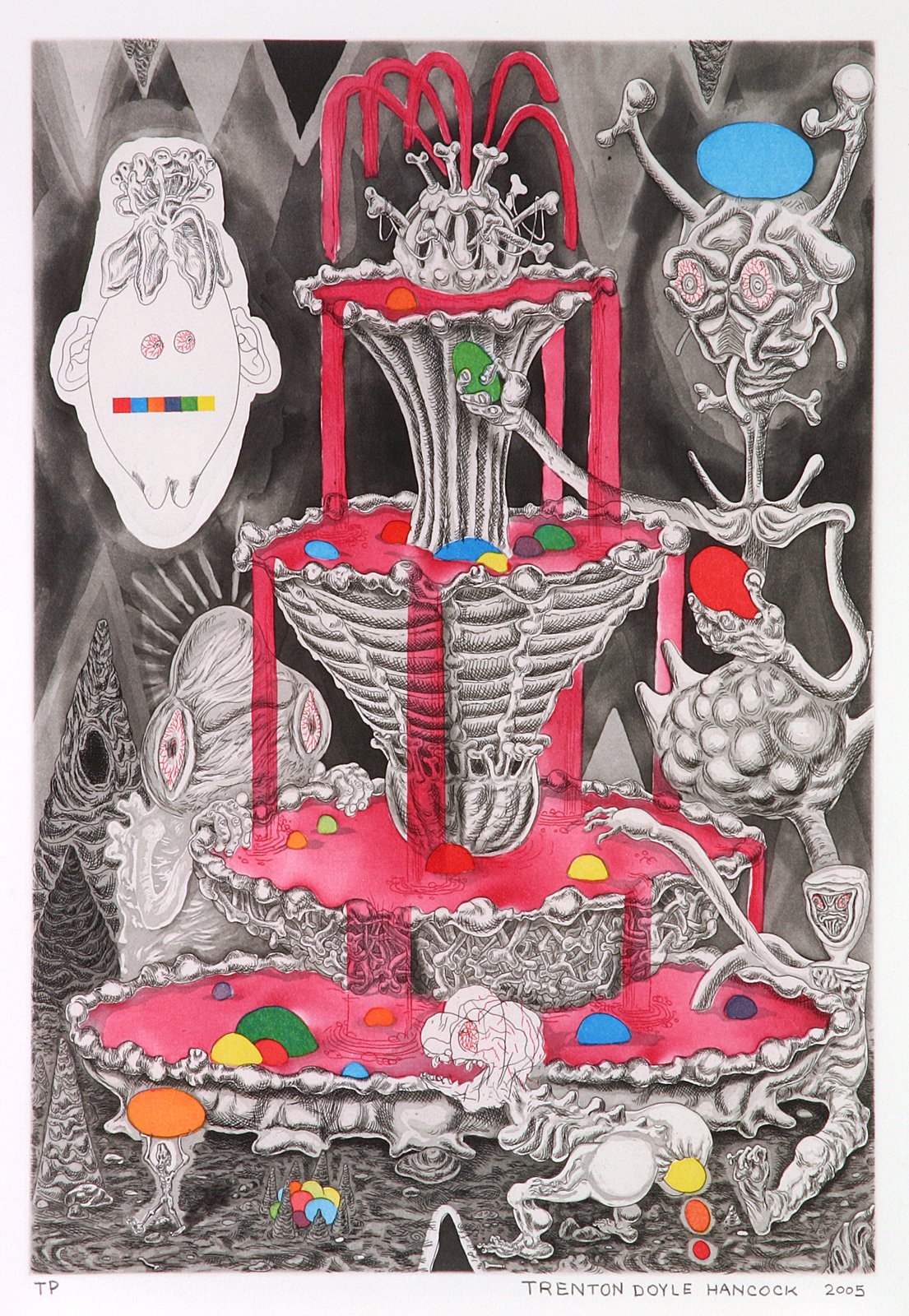
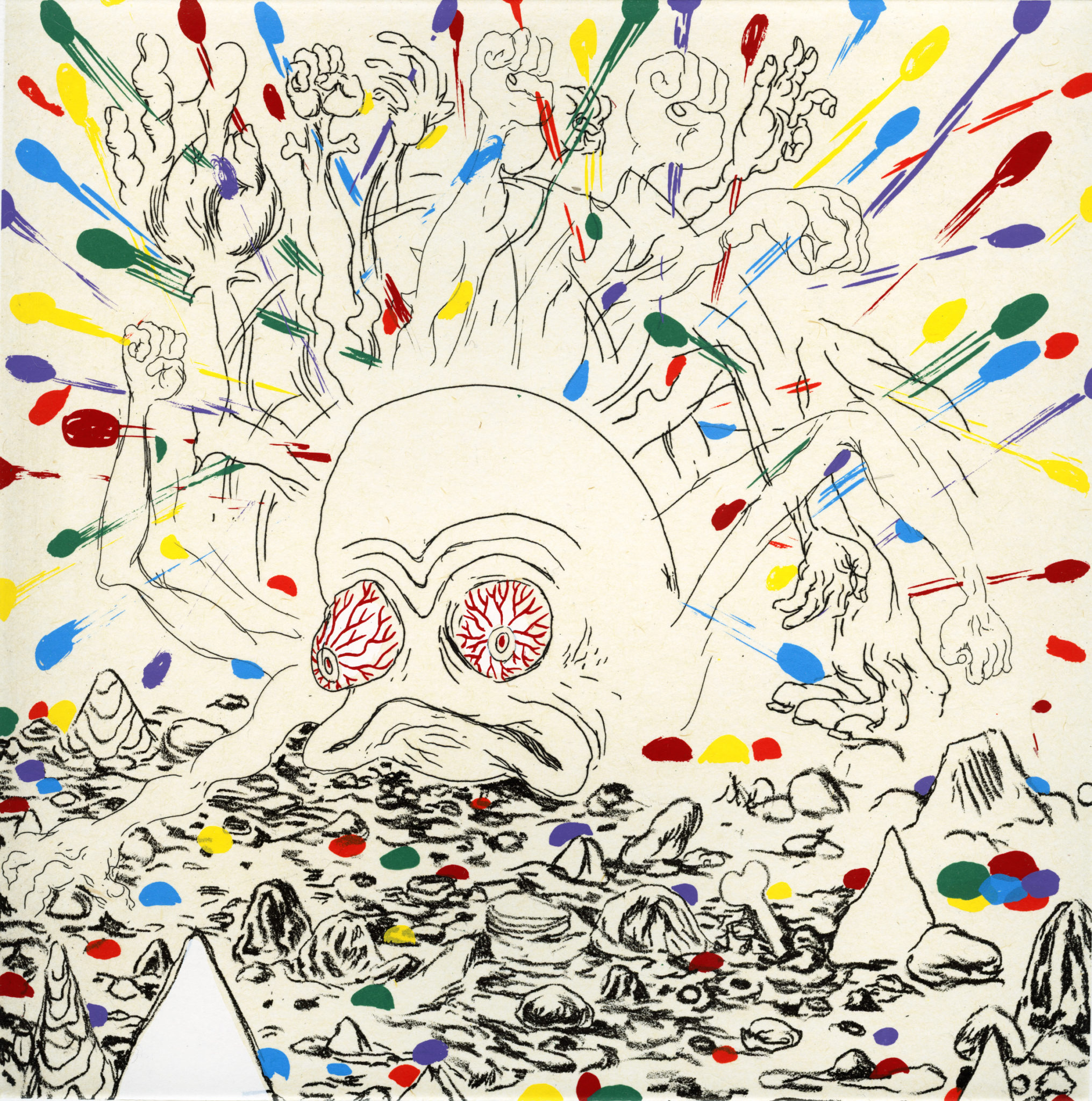
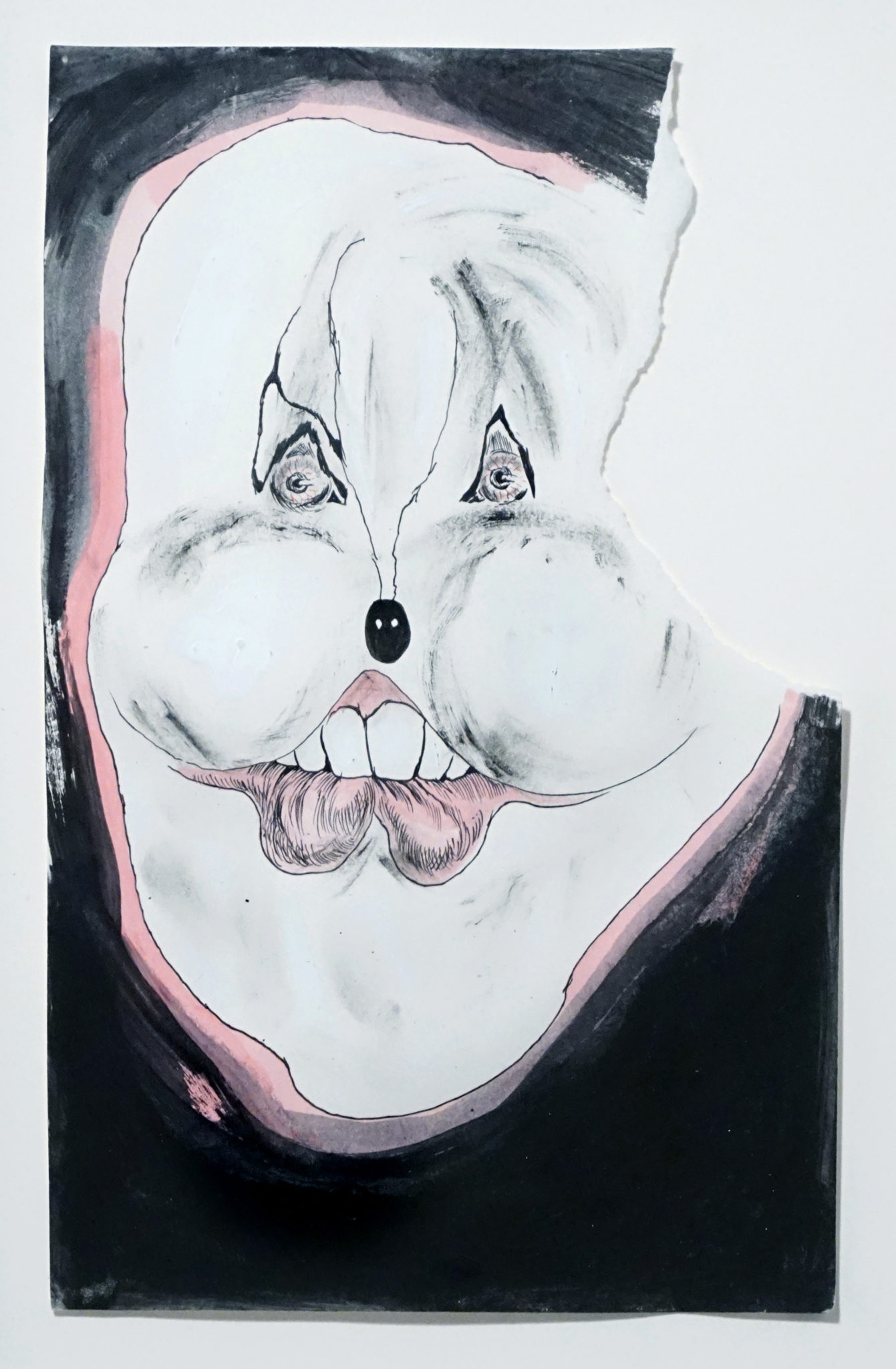
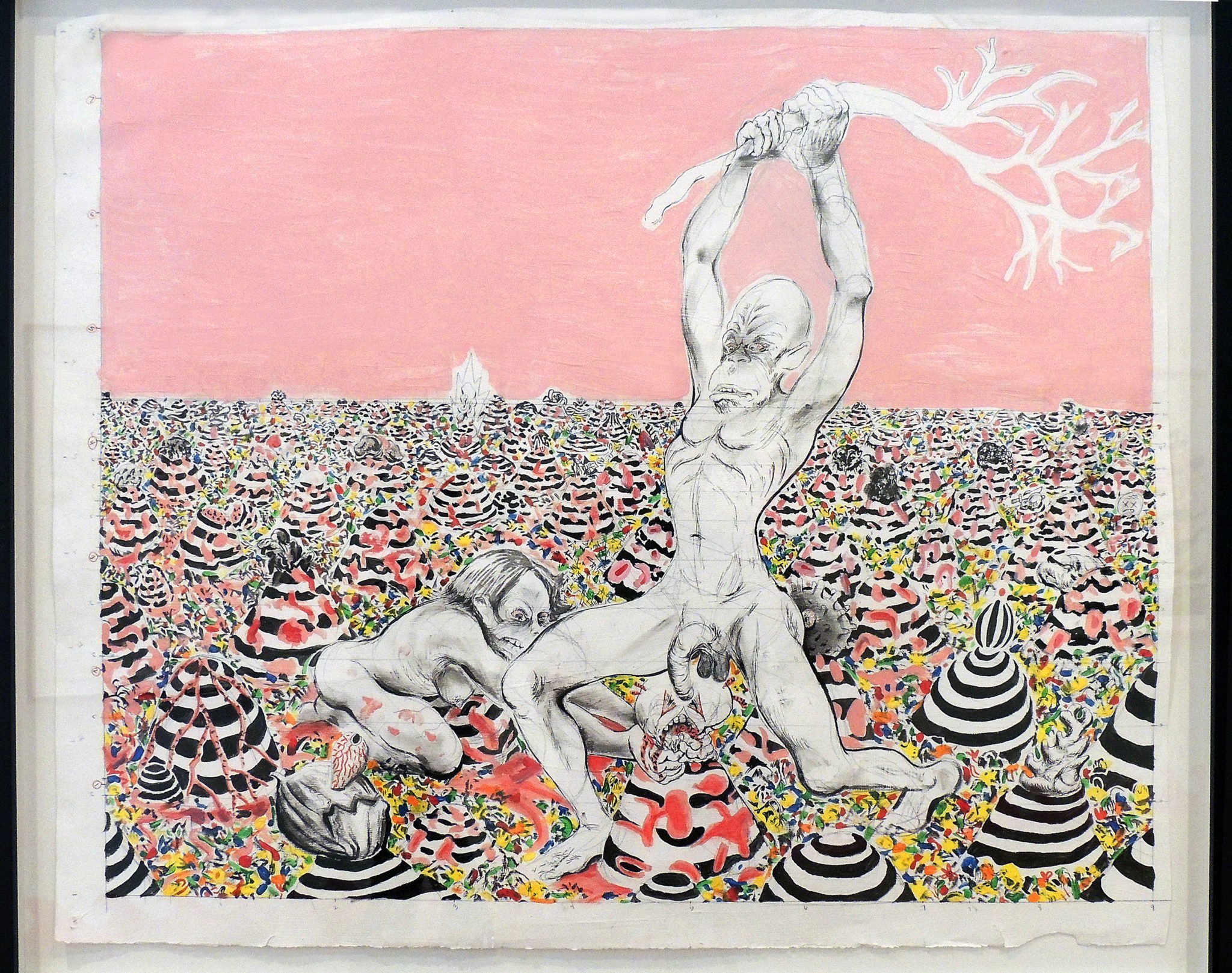
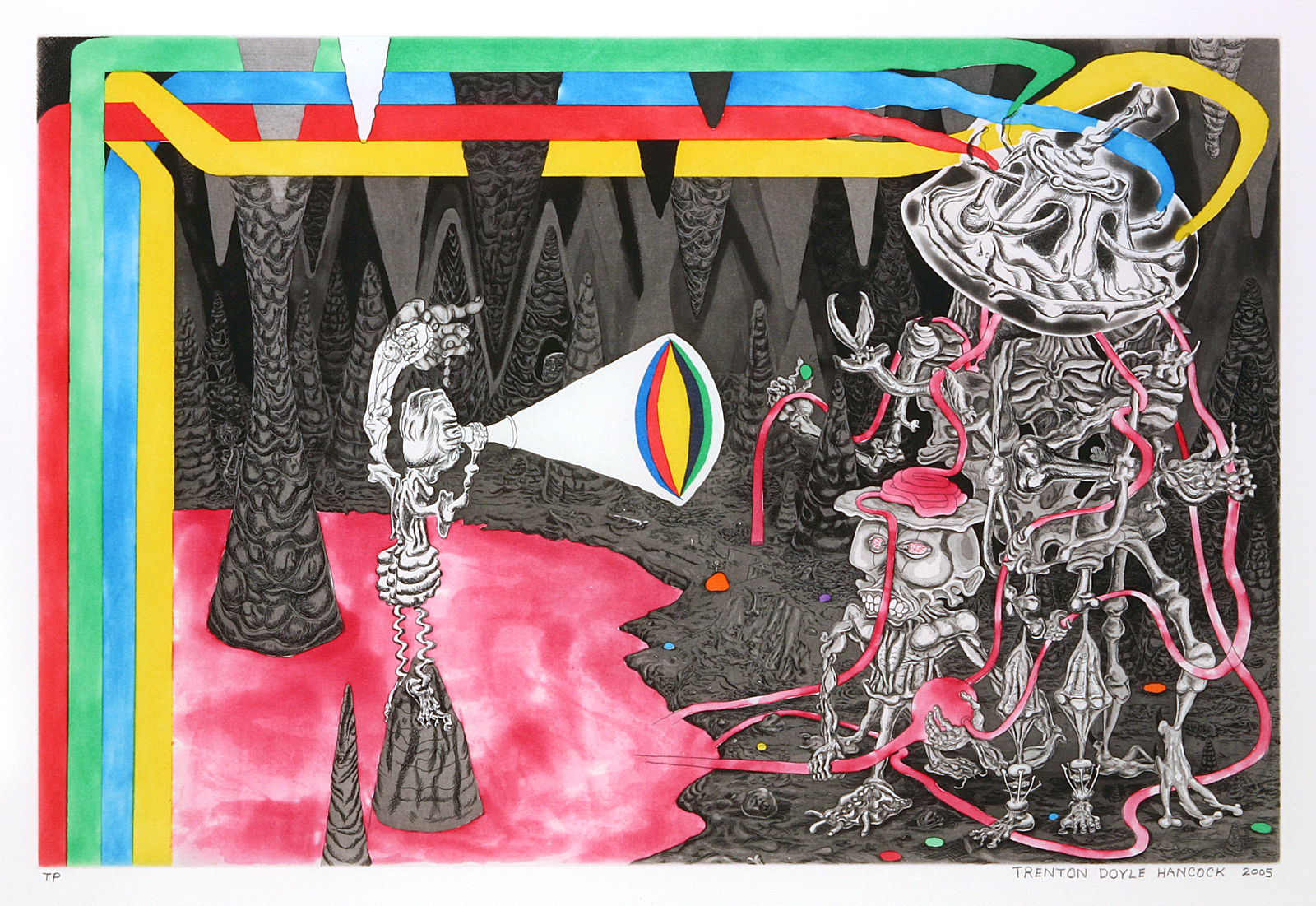
Hancock also learned from his stepfather a valuable lesson about trusting his instincts and voice. “He was a ringleader,” Hancock says. “Because these weren’t folks that were traveling to large city centers very often, there was an inbred logic that happened in our small town that circulated and recirculated. Instead of following culture, you make it.”
Though Hancock still holds a brown belt in karate, he acknowledges that he is out of practice — and is even more so with the strict Baptist doctrine that was the bedrock of his upbringing. Though he eventually felt the need to push back against his family’s faith, Hancock gratefully acknowledges his stepfather’s influence in encouraging him to think of culture and racial identity as a matter of possibility, not predetermined form.
“I want to be a strange example of a black man,” Hancock says. “Growing up, you’re supposed to be into certain things, and I was, in a peripheral way, into hip-hop and things like sports. It was much stranger to want to retreat to your bedroom and draw pictures all night.”
“A guy that has the book of God on one hand, and can recite all these Bible verses, and on the other hand he can break a brick over his head. You don’t mess with that guy.”
As early as kindergarten, Hancock says, he already knew he wanted to be an artist, and he wrote as much in a keepsake book, though he had only the faintest idea of what an artist was. He got hooked on comic books in fifth grade, and by the time he arrived for college at East Texas State University (now Texas A&M University-Commerce) he was interested in the intersection of fine arts and underground comics. Of particular interest to young Hancock was the artist Gary Panter, who designed the world of Pee-wee’s Playhouse and attended East Texas State in the early 1970s.
Panter and his wild college cohort became known as the Lizard Cult; Hancock and his friends sought to re-establish the movement, in league with their professor Lee Baxter Davis. “We started taking over the print department, the drawing department, painting and sculpture, and just making crazy things, crazy worlds,” Hancock says. “We kind of became Lizard Cult, Part Two.”
One can imagine how attempting to revive something called the Lizard Cult could create problems for Hancock with his deeply religious family. “They were worried about my eternal soul,” he acknowledges. “There was a point when I learned to stop asking questions. Before that, I was very curious, and I wanted to know what they thought of all of these alternative ways of thinking. I think it scared them to death. … They were like, ‘Oh, my goodness, you really need to pray! It’s OK to ask questions, but not too many.’”
But it was too late — in Commerce, Hancock was exposed to a new world of art, film, ideas and fellow searchers. Bit by bit, he began to absorb new ideas, influenced by Carl Jung and Joseph Campbell.
“I was like, ‘OK, I can substitute this in, and take this bit of Christianity out.’ And eventually I was left with something that was more or less totally new,” Hancock says. “Art, obviously, was the huge thing, but I think the other thing was this idea of the collective unconscious, that there is a much bigger world out there, and we all speak the same language. You just have to get to it, this universality.”
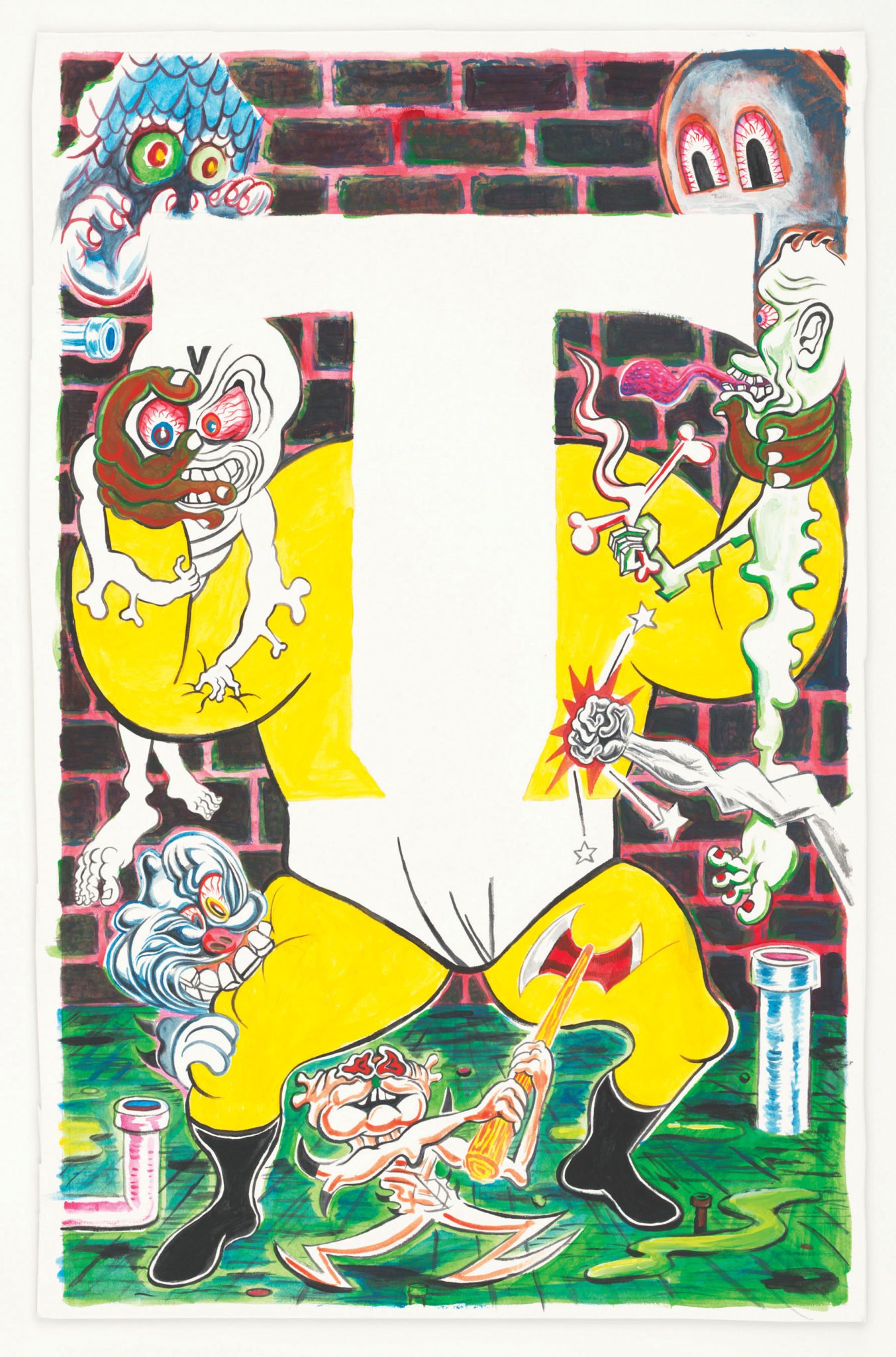
–
As Hancock developed his own vision to replace the Biblical narratives of his youth, he was also thinking deeply about what it meant to come of age as a black man. He began painting the creatures he calls Mounds — heavyset, immobile black-and-white-striped figures — as a college-era experiment in depicting black men in prison uniform. While devouring the works of James Baldwin and studying the ways that representations of black bodies were bought and sold in the contemporary art world, Hancock felt drawn to the image of the chain-gang convict. “The idea of being in a prison and not being in a prison was very real to me,” Hancock says. “Just by the sheer nature of having brown skin, there is this sense of you can only go so far. I was trudging through images like black men in prison and going, ‘Well, if that’s in some sense my reality, I’m going to deal with it in the work.’”
Almost immediately, however, Hancock began to toy with the image. He took away the figures’ arms and legs so they were stripped of agency, like bowling pins set up to be knocked down. Later, he widened out their lower halves, rendering them symbols of comfort and abundance: “this very stationary character,” he says, “who just soaks up the richness of the Earth and gets bigger and plumper and more interesting as they get older.” Hancock began plotting how to use these figures to escape from the confines imposed on a black man in America.
“I want to be a strange example of a black man.”
“You’re bound by these invisible fences, but if you’re tricky enough, you can jump those fences, you can renegotiate the boundaries, and that’s what I wanted to do,” he says. “Say, here’s what society says I am, here are the things I know about myself, but I can yell as loud as I want, and no one’s going to believe me. But art gives me a way, because there is such a respect for the medium of painting, or performance, or sculpture, that you can Trojan-horse these very radical ideas into people’s lives.”
Even before Hancock finished college, his work attracted interest from curators like Sue Graze, who offered him his first gallery show, in Dallas, in 1997. “He was so different,” Graze says. “He had this quick trajectory because he was so focused, omnivorous and intelligent.’”
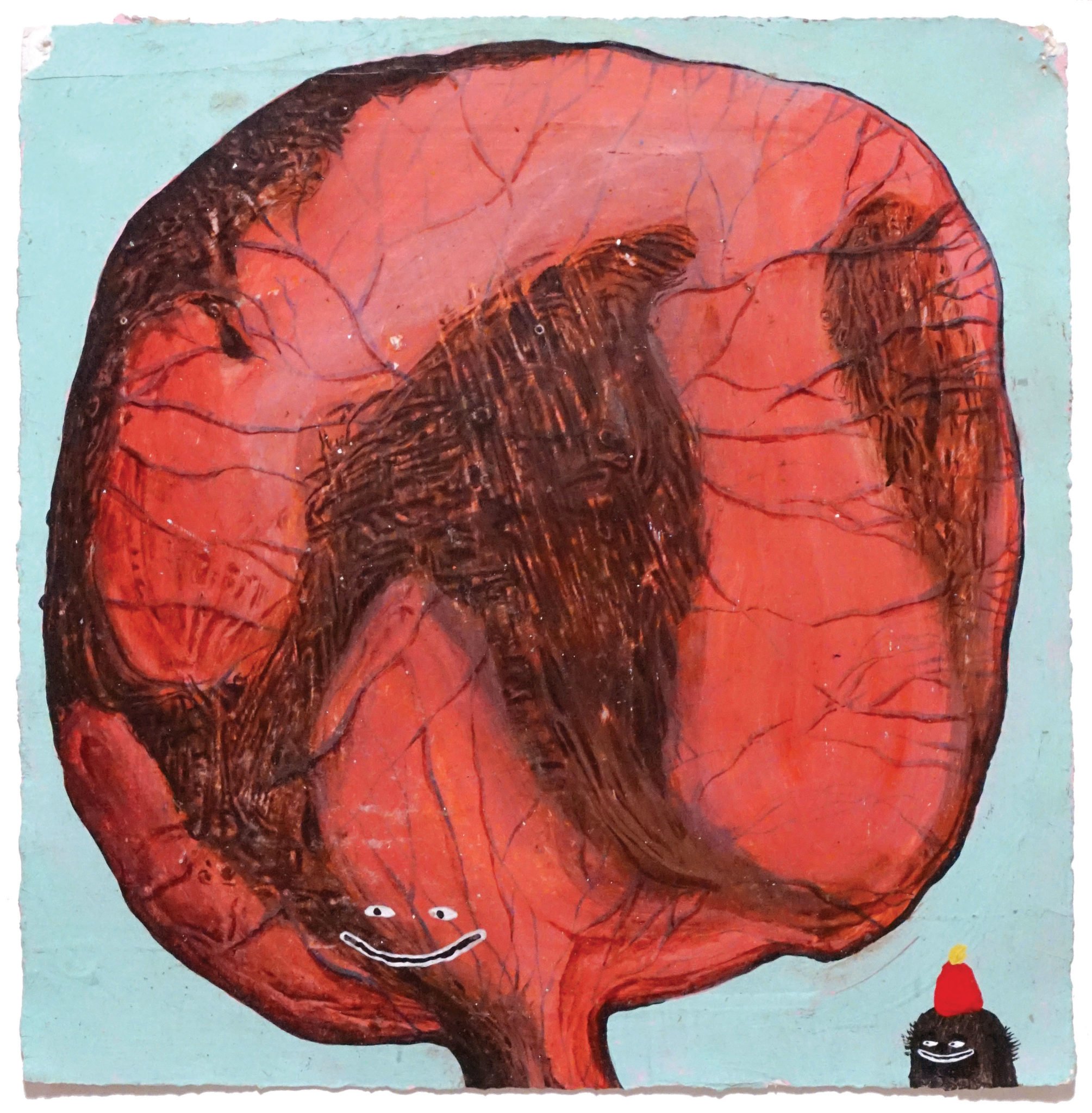
Next came graduate school at Tyler School of Art in Philadelphia, where Hancock developed his Vegans, the mortal enemies of the Mounds. Hancock based these skinny, red-eyed, goblin-like creatures on his then-girlfriend’s animal-product-eschewing roommates. He was annoyed by their preaching and constant judgment, but the caricature masked a more personal invective.
“It just reminded me of growing up under the Christian rule,” Hancock says. “There were still some things I wanted to take out on my folks and on the televangelists. I was like, ‘I can substitute Vegans in for them. Then, I can develop my inner satirist. They’ll never know.’”
In the mythological world of Vegans and Mounds, Hancock found an inexhaustible supply of imagery and narrative to explore the ideas that moved him. All that was missing was a home base, and that answer came easily, thanks to a postgrad residency at the Museum of Fine Arts, Houston. “Once I got here, it was like someone turned on a faucet. It just poured out,” Hancock says of Houston. “There’s a comfort level here, but there’s a lot of room to grow and do what I want to do, on my own terms.”
–
Since his return to Texas in 2000, Hancock has pushed into new types of art-making, moving from drawing, painting and assemblage into performance, sculpture, film and even ballet. He has introduced new elements into his world, including the mysterious Bringbacks — humanoid figures that share the black-and-white-striped patterns of the Mounds but are much more oriented toward movement and action — and a lifelike version of himself.
In retrospect, Hancock’s career has been remarkable more for its consistency than its variation. “It’s wild to say, but it’s 100 percent continuous,” Hancock says. “My knowledge about life deepened. My work broadened. But at its core was still this burning drive to see images, to get at something that was beyond the religion that was fed to me, and construct my own hierarchy of symbols. … I’m searching for the same stuff.”
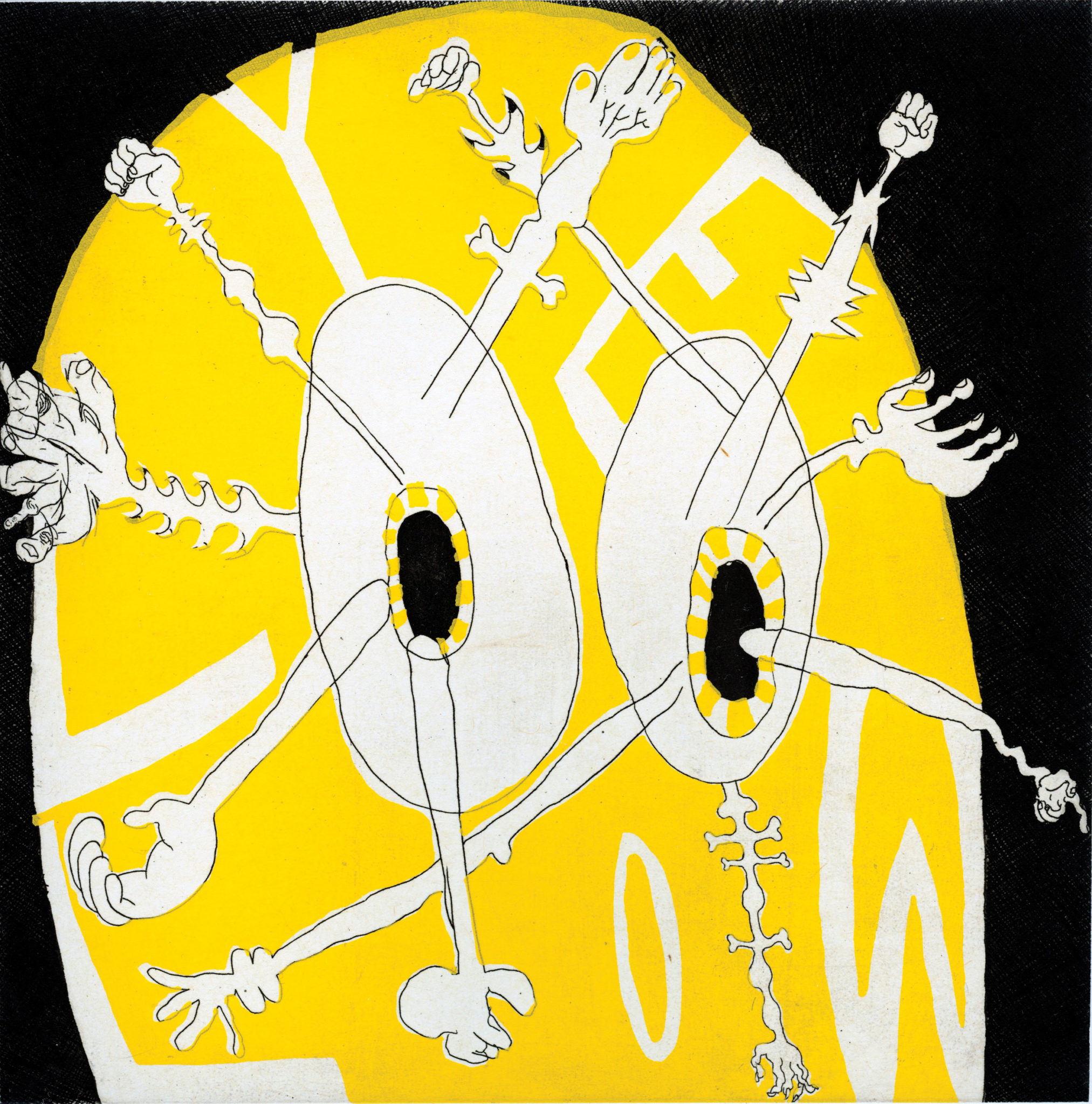
Hancock acknowledges the Lost Boy aspect of a life unwaveringly committed to making art from the imaginative perspective of his 5- or 6-year-old self. “The older I got, the more I was like, ‘Oh, you actually have to fight to maintain that purity,’” Hancock says. “I’m still on that fight. I’m pretty good at it, probably to a fault. Some people might say, ‘You need to grow up.’”
One thing is changing, though: Increasingly, Hancock admits, the toys are winning the battle with the paintings. Not that he’s losing his creative focus, but he’s finding himself more interested in the idea of adapting his Mounds-and-Vegans mythology to outlets outside the world of fine arts, including commercial toys and movies. He has formed a company, TDH Properties, and begun marking some canvases with its logo, though it’s not always clear how much it’s a part of the art. “It started as fictional for a short film that I made,” Hancock says of the company and logo. “Now I’m like, ‘I wanna explore my inner Warhol.’”
Looking ahead, Hancock is focused on finding a platform for his fictional universe in mass-audience pop culture, possibly in Hollywood. He’s composing a 400-page graphic novel that lays out the groundwork of his mythology and is thinking of how that might be streamlined into a more straightforward, Star Wars-style hero quest. The impulse comes from watching the next generation of his family soak up influences as Hancock once did from his beloved ’80s movies, comics and games, and wanting to be part of that transmission to kids growing up in places like Paris, Texas, today.
“My cousins all have kids, so it’s really interesting watching them grow up and saying, ‘Oh, my God, I remember being there,’” Hancock says. “If I’m going to have a Luke Skywalker, it might as well be someone that looks like me.”
